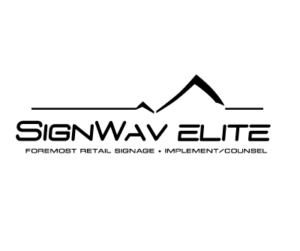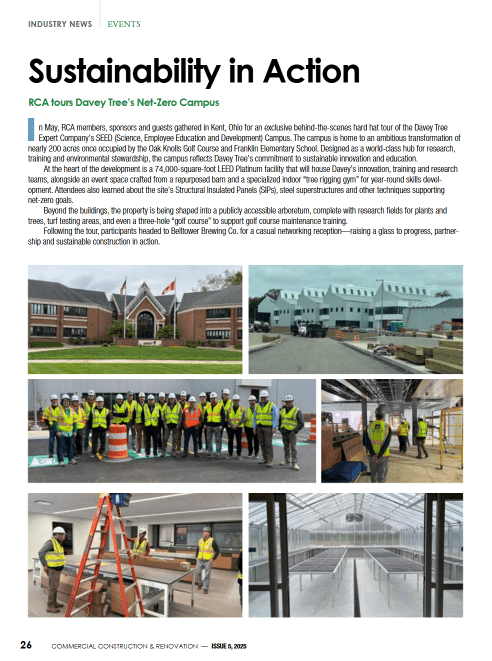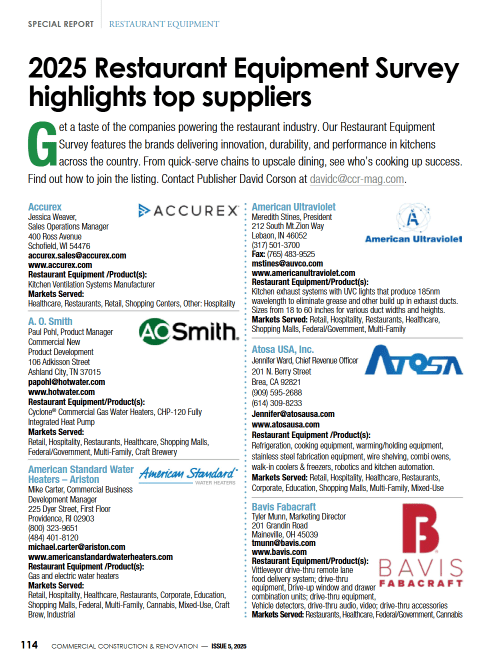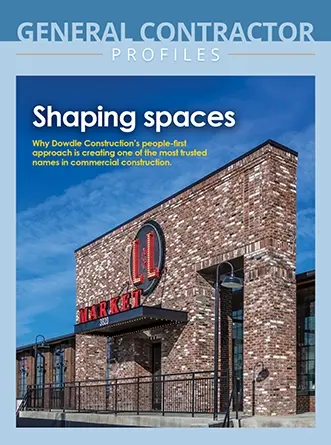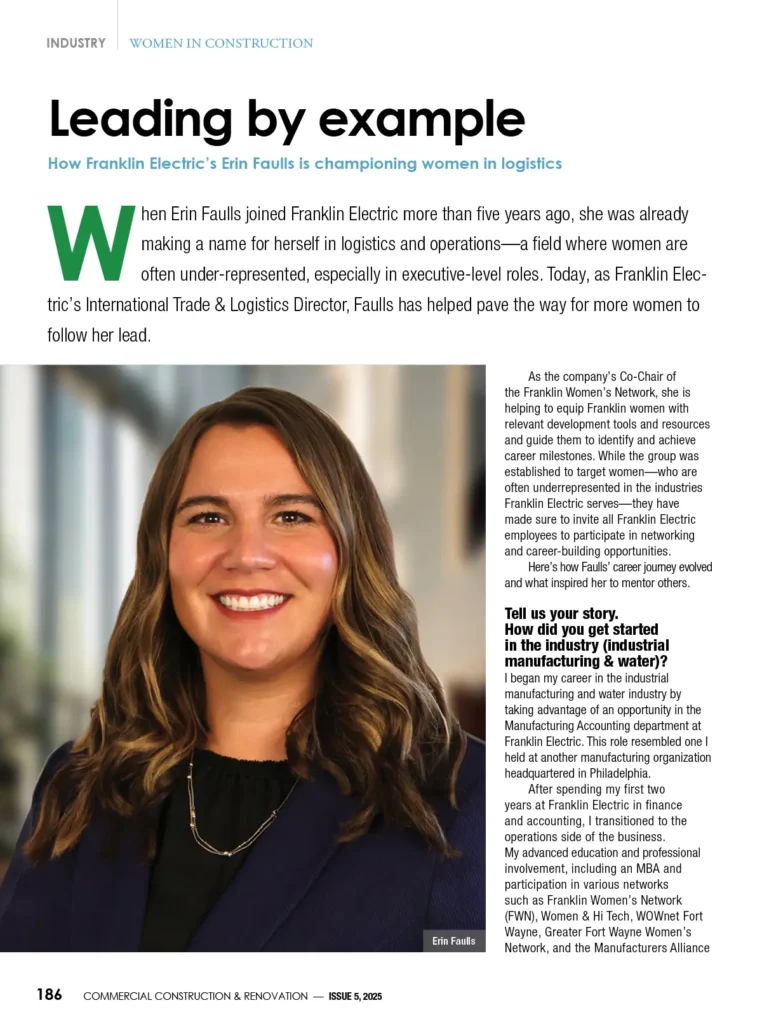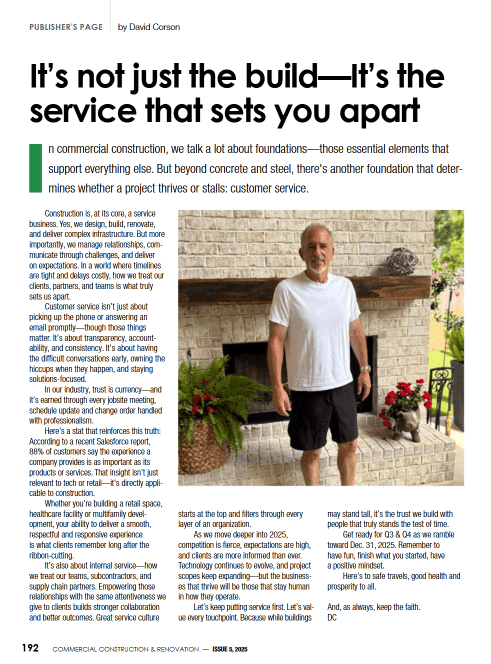In the hustle and bustle of daily life, ensuring the safety often takes a back seat. However, one aspect that should never be overlooked is fire safety, particularly in the kitchen. Kitchen fires can be devastating, but with the right precautions, such as a kitchen hood fire suppression system, we can significantly reduce the risks. In this article, we’ll delve into the importance of fire safety, exploring the role of kitchen hood fire suppression systems and how they contribute to a safer living environment.
The Threat of Kitchen Fires
The kitchen is undoubtedly the most accident-prone area, with the potential for fires originating from cooking appliances, electrical faults, or even simple human error. According to the National Fire Protection Association (NFPA), cooking equipment is the leading cause of home fires and injuries in the United States. This alarming statistic emphasizes the need for robust fire safety measures in our kitchens.
Kitchen Hood Fire Suppression Systems
One of the most effective tools in preventing and controlling kitchen fires is the kitchen hood fire suppression system. Unlike traditional fire extinguishers, these systems are specifically designed for the unique challenges presented by kitchen fires. They are strategically placed above cooking appliances, typically under the hood, ready to deploy at the first sign of danger.
The mechanics of these systems involve a combination of heat sensors and a quick-response mechanism. When a significant increase in temperature is detected, indicating a potential fire, the system automatically releases a fire-suppressing agent. This swift response helps contain the fire at its source, preventing it from spreading and giving occupants valuable time to evacuate safely.
Key Components and Operation
A typical kitchen hood fire suppression system comprises several key components, each playing a vital role in its effectiveness. These include heat sensors, a control panel, a fire suppressant agent (commonly wet chemicals or dry powder), and a distribution system. The system is usually connected to both the power supply and the gas line, ensuring a seamless and rapid response when needed.
The wet chemical agents used in these systems are specifically chosen for their ability to suppress grease fires commonly found in kitchens. Upon deployment, the agent not only extinguishes the flames but also creates a protective layer to prevent re-ignition.
Benefits of Kitchen Hood Fire Suppression Systems:
The benefits of kitchen hood fire suppression systems extend far beyond mere fire extinguishment. These systems are designed with precision to address the specific challenges posed by kitchen fires, providing you with a reliable and efficient means of safeguarding your space. Here are some key benefits of incorporating a kitchen hood fire suppression system:
- Quick Response Time: Kitchen hood fire suppression systems are engineered for swift action. The moment a significant increase in temperature is detected, indicating a potential fire, the system reacts almost instantly. This rapid response is crucial in preventing small cooking flare-ups from escalating into large and uncontrollable fires.
- Effective Suppression of Grease Fires: Traditional fire extinguishers may not be as effective against grease fires commonly encountered in kitchens. kitchen hood fire suppression systems utilize specialized wet chemical agents designed to smother grease fires efficiently. This targeted approach significantly enhances the system’s ability to extinguish fires quickly and effectively.
- Minimized Property Damage: By containing the fire at its source, kitchen hood fire suppression systems help minimize property damage. This not only reduces the costs associated with repairing and replacing damaged items but also facilitates a faster recovery process.
- Protection for Different Cooking Appliances: Kitchens come in various configurations, with different types of cooking appliances. kitchen hood fire suppression systems are adaptable and can be customized to suit the specific needs of the kitchen layout. Whether you have a commercial-grade stove or a compact kitchenette, these systems can provide comprehensive coverage.
- User-Friendly Design: The design of kitchen hood fire suppression systems prioritizes user-friendliness. The control panels are often intuitive and easy to understand, featuring clear indicators to ensure you can quickly assess the system’s status. This simplicity is essential, especially during high-stress situations when immediate action is required.
- Prevention of Re-Ignition: The fire suppressant agents used in these systems not only extinguish flames but also create a protective layer that helps prevent re-ignition. This added feature ensures that even after the initial flames are extinguished, the risk of the fire reigniting is significantly reduced.
- Versatility and Customization: Kitchen hood fire suppression systems are versatile and can be tailored to different kitchen setups. Whether you have a residential kitchen, a restaurant kitchen, or any other cooking space, these systems can be customized to meet specific requirements, providing a tailored approach to fire safety.
- Compliance with Safety Standards: Many kitchen hood fire suppression systems are designed to comply with industry safety standards and regulations. This ensures that you are investing in a solution that meets established safety criteria, offering peace of mind and confidence in the system’s reliability.
- Reduced Insurance Premiums: Some insurance providers recognize the proactive step of installing a kitchen hood fire suppression system. Those who invest in these systems may be eligible for reduced insurance premiums, as they demonstrate a commitment to minimizing fire-related risks.
- Professional Installation and Maintenance: While not a direct feature of the system, the availability of professional installation and maintenance services is a benefit in itself. Having experts install and regularly inspect the system ensures that it functions optimally when needed, providing an additional layer of confidence.
The Importance of Professional Installation and Maintenance
The effectiveness of kitchen hood fire suppression system in safeguarding against kitchen fires hinges not only on the quality of the system itself but also on the precision of its installation and the diligence of its maintenance. While it might be tempting to attempt a DIY installation or neglect regular system check-ups, the importance of professional installation and maintenance cannot be overstated.
- Tailored Installation for Maximum Coverage: Professional installers bring a wealth of knowledge and experience to the table, ensuring that the kitchen hood fire suppression system is installed in a way that maximizes its coverage. Each kitchen is unique in layout and design, and professionals can assess the specific needs of a space to strategically position sensors and suppression equipment. This tailored approach guarantees that every inch of the kitchen is adequately protected, leaving no room for potential blind spots.
- Compliance with Safety Standards: Professional installers are well-versed in the safety standards and regulations governing fire suppression systems. Compliance with these standards is not just a legal requirement but also a guarantee that the system will function optimally in the event of a fire. From proper wiring to adherence to local building codes, professionals ensure that every aspect of the installation meets the necessary safety standards.
- Avoidance of Common Installation Mistakes: Kitchen hood fire suppression system are complex, and errors during installation can compromise their effectiveness. Professional installers have the expertise to avoid common mistakes that can arise from DIY attempts, such as incorrect placement of sensors, improper connection to power sources, or inadequate securing of the suppression equipment.
- Verification of System Compatibility: Professionals can assess the compatibility of the kitchen hood fire suppression system with the specific cooking appliances in use. Different appliances may require different configurations for optimal performance. A professional installer can identify these requirements and make necessary adjustments, ensuring that the system is seamlessly integrated into the kitchen’s existing infrastructure.
- Routine Maintenance for Long-Term Reliability: Regular maintenance is the key to ensuring that the kitchen hood fire suppression system remains in top-notch condition over time. Professionals conduct routine inspections, checking for any signs of wear, corrosion, or malfunction. They also verify the functionality of heat sensors, control panels, and the distribution system. Additionally, professionals can handle the replenishment of the fire suppressant agent, ensuring that the system is always ready to respond to a potential fire.
- Timely Detection of Issues: Professionals are trained to detect issues before they escalate. Regular maintenance appointments provide an opportunity to identify and address potential problems early on, preventing system failures that could compromise the safety of the kitchen and its occupants.
- Adherence to Manufacturer Guidelines: Professional installers and maintenance technicians are well-acquainted with the guidelines provided by the system’s manufacturer. Adhering to these guidelines is essential for maintaining the system’s warranty and ensuring that it operates within its specified parameters.
Final Thought
Fire prevention should be a top priority in the realm of safety, especially in the kitchen. Kitchen fires are not only common but can be particularly dangerous due to the presence of flammable materials and the rapid spread of flames. To bolster our defenses against these potential threats, investing in a kitchen hood fire suppression system is a proactive step you should consider.
Remember, fire safety is a shared responsibility. By adopting a comprehensive approach that includes preventive measures, awareness, and advanced fire suppression technology, we can create safer living spaces for ourselves and our loved ones. The installation of a kitchen hood fire suppression system is not just an investment in property protection; it’s an investment in peace of mind.








